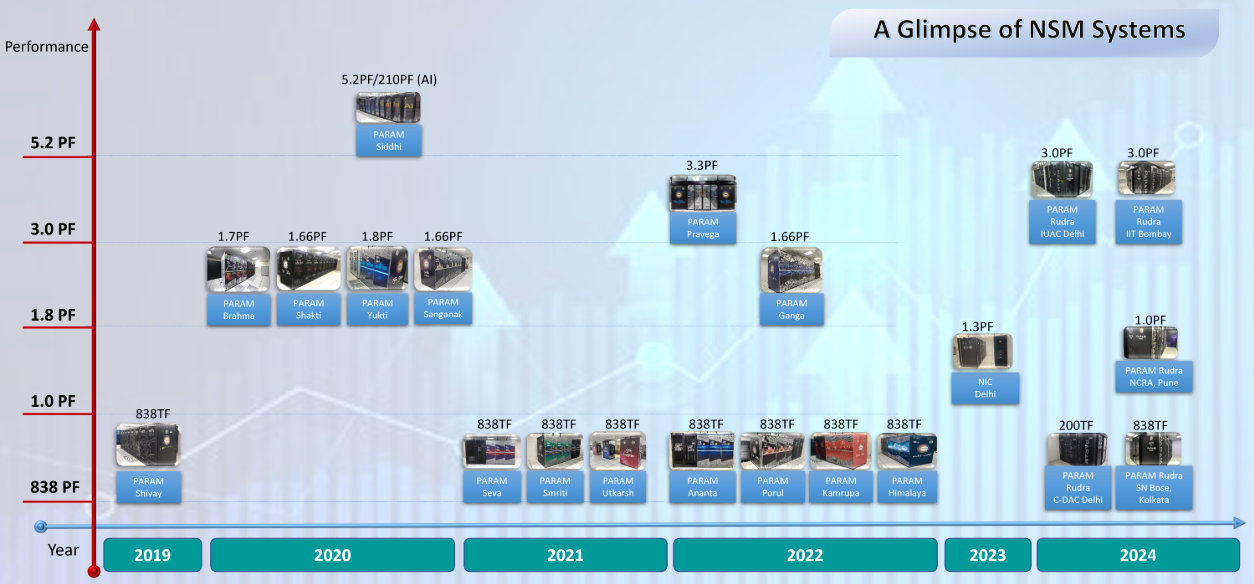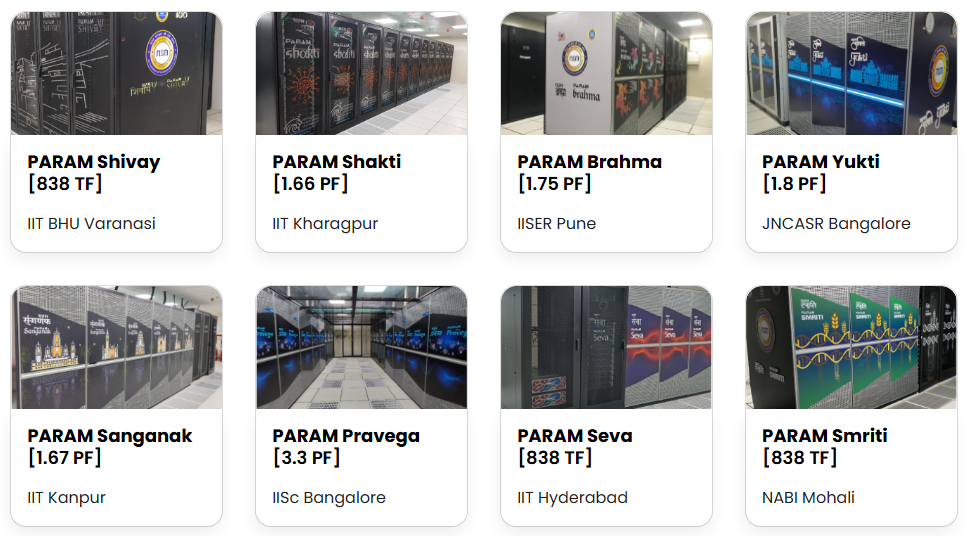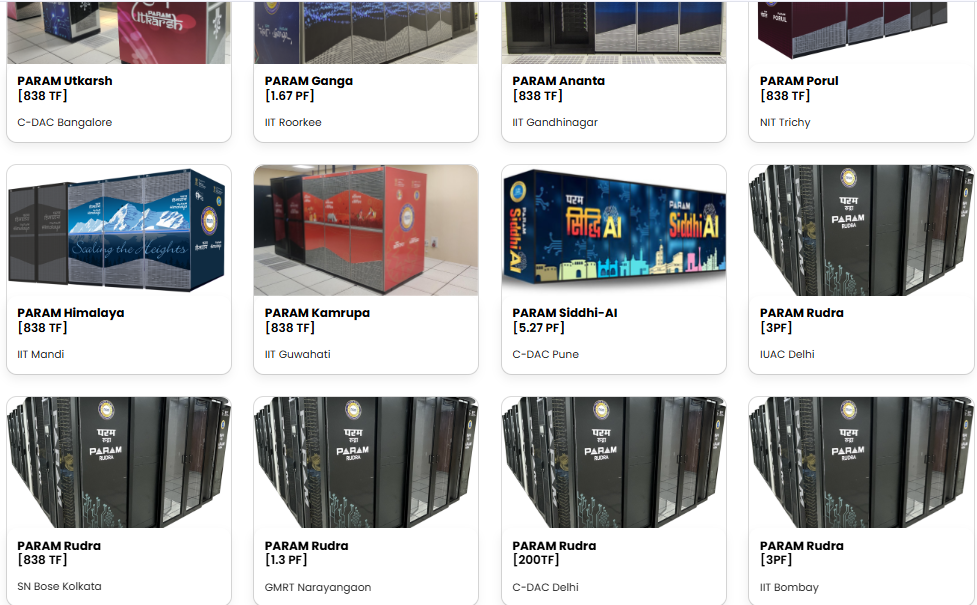7667766266
enquiry@shankarias.in
Mains Syllabus: GS II - Government policies and interventions for development in various sectors and issues arising out of their design and implementation;
GS III - Achievements of Indians in science & technology; indigenization of technology and developing new technology.
Recently, the National Supercomputing Mission has been extended till December 2025.


